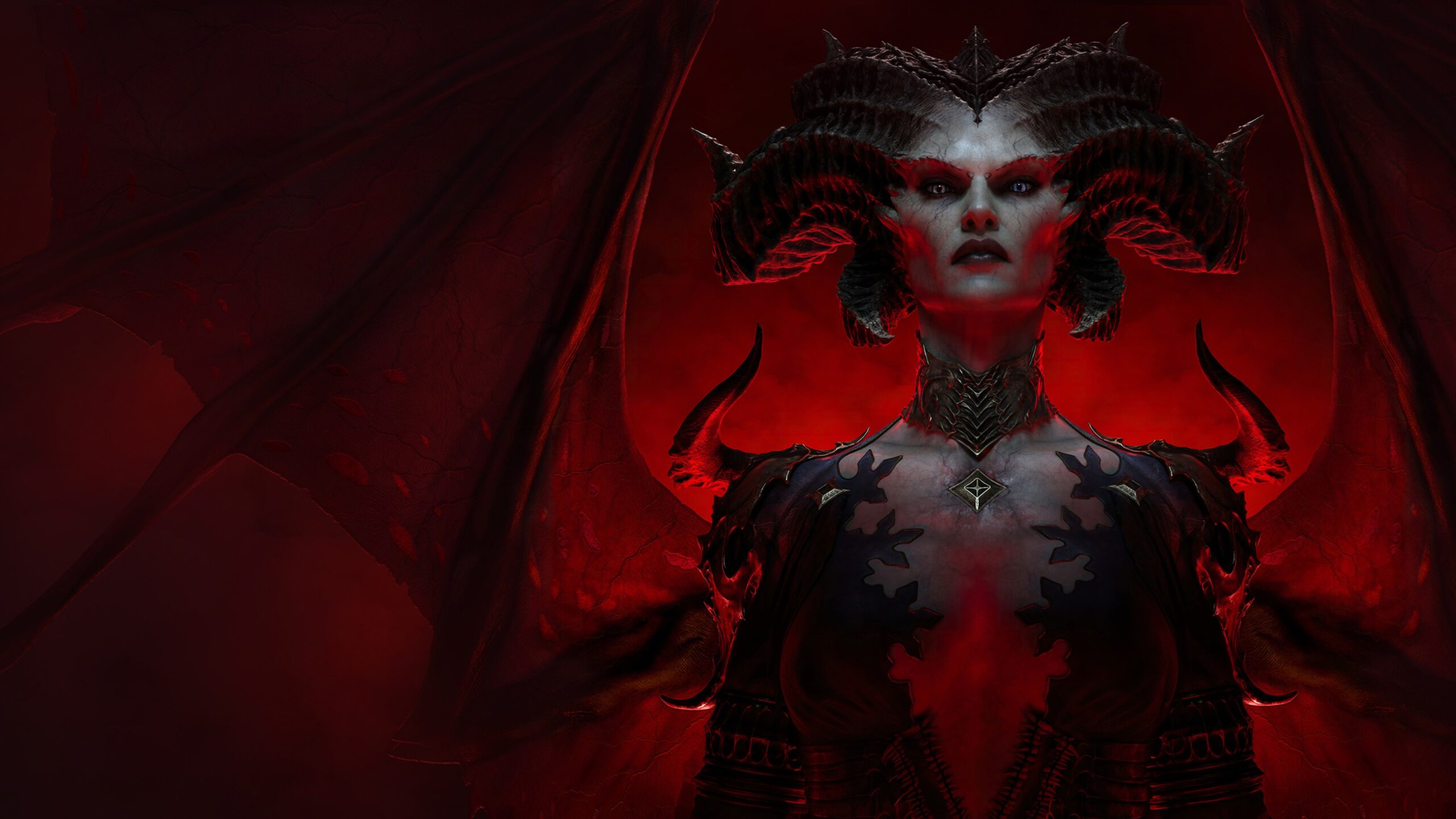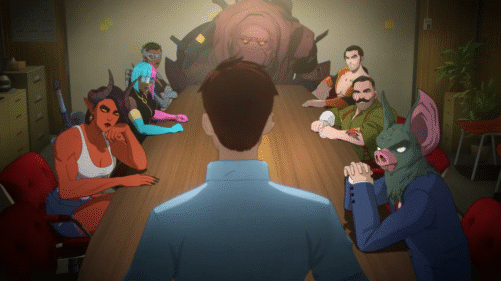As of this writing, I have plugged almost 50 hours into the basically neverending “Diablo IV,” an excellent RPG that brings the world of this hit franchise back for a new generation and the one just getting over their addiction to “Diablo III.” Usually, this review would have run earlier, but other content allowed me to spend more time in this world, and I’m now absolutely stuck here. It’s both an incredibly fun game, and also something that almost feels like an obligation/job. I should just do one more side quest. I should clear out one more dungeon. The truth is that “Diablo IV” is a repetitive loot farm of a game in which you battle many of the same enemies over and over again, hoping to get something slightly better with which to battle the same enemies over and over again. And yet I can’t stop playing it. There’s something so remarkably addictive about this game, one that’s constantly encouraging you to do one more thing. And as it expands over the summer with new seasons, quests, and features, it’s going to keep its hooks in me. I should probably get some help.
My first piece of advice: take your time with your character choice. I plunged into my life as a Barbarian, and I wouldn’t recommend a class so dependent on close-quarter melee combat in a game that makes that very difficult as it gets deeper into its story. When Bob the Barbarian is retired, I’ll be a little sad to see him go, but I’m also eager to explore the other classes of Druid, Necromancer, Rogue, and Sorcerer—all of whom I believe won’t struggle so much with giant demons with large reaches.
Once you pick a class and customize your appearance, you’re off to explore the five regions of this world known as Sanctuary: Scosglen, Fractured Peaks, Dry Steppes, Hawezar, and Kehjistan. All five have a similar top-down aesthetic with variations in climate and the enemies that live there. For example, Dry Steppes is an arid wasteland populated with scorpions and cannibals; Hawezar is a swamp with bugs and witches who want you dead. Each of these regions contains cities where you can find some refuge, vendors, and often side quests that typically consist of helping local citizens. They also mark fast travel spots to get you around the massive world of this map, one that feels like it hides a deadly secret around every corner.

“Diablo IV” is a game of repetition—farming dungeons for XP and better weapons/armor with which to continue hunting for more loot and power—but it has a surprisingly rich, detailed story this time. Set a half-century before the action of “Diablo III: Reaper of Souls,” an expansion pack for the last full game that was released in 2014, “Diablo IV” is the story of Lilith (voiced by Caroline Faber), the daughter of Mephisto himself. She rules over a land called Sanctuary, a dark place that’s stuck between Heaven and Hell, although closer to the latter.
That’s where you will find yourself early in “Diablo IV,” kidnapped by a group of villagers who need your help. The story of “Diablo IV” is dense with mythology and characters, making Sanctuary one of the richest settings in a video game in a long time. You’re constantly meeting people with stories to tell or needs to fulfill, which turn into another side quest. There’s always something to do in “Diablo IV,” and while a lot of it falls into the “fetch quest” category—go get this thing surrounded by enemies and bring it back to me—there are other quest lines that are surprisingly emotionally rich. While it’s undeniably action-driven, one of the rewarding aspects of “Diablo IV” is the sense that the writers have taken this world and its characters extremely seriously.
Like most role-playing games, “Diablo IV” is also rich in customization. Every time your character levels up, you get an ability point, which can be spent on a massive skill tree that makes it feel like your demon slayer isn’t like anyone else’s. However, everyone basically has six skill slots, from their basic attack to their most powerful maneuver. Some of these attacks take a meter that needs replenishing through combat—“Fury” in the case of the Barbarian—while others need to cool down before being used again. How you upgrade your abilities is up to you, and the game allows for pretty easy trial-and-error in that you can refund an ability if you want to try something else.

“Diablo IV” is a loot farm, a game in which you’re constantly finding new weapons and armor. It’s not just about what you find but what you do with it, including upgrading and even adding elements to certain gear to make them more powerful. Hardcore players will spend hours just playing with their inventory, trying to determine if this level of resistance is more advantageous than that special stat boost. I found myself salvaging most of my loot instead of selling it because you really don’t need to ever buy weapons or armor—there’s more than enough to be found in the world around you—and upgrading loadout felt more valuable to me. There are also rings, amulets, potions, and other elements designed to appeal to serious RPG players.
“Diablo IV” isn’t perfect—some of the bosses are lackluster, and the dungeons get repetitive—but what’s perhaps most exciting is the sense that the game is just getting started, even when you finish its massive campaign. The developers have announced a season system, which means new questlines, gear, and characters will be added to the game, starting with a battle pass to be released next month. I may have spent about two full days playing “Diablo IV.” And I’m just getting started.
The publisher provided a review copy of this title.












